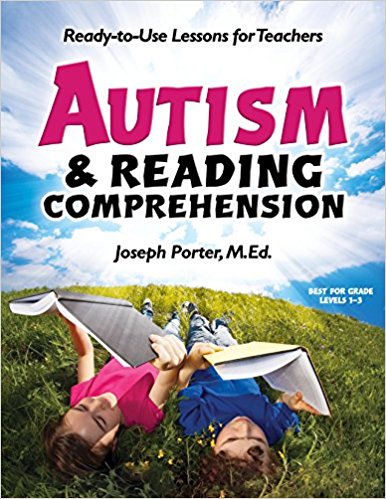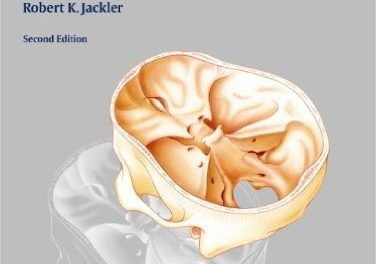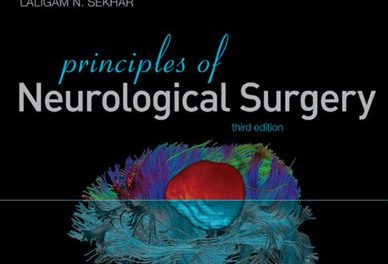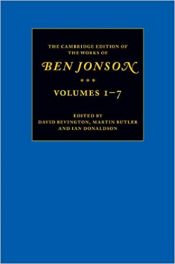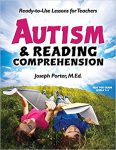 Author: Joseph Porter, M. Ed.
Author: Joseph Porter, M. Ed.
Publisher: Future Horizons – 394 pages
Book Review by: Paiso Jamakar
Teaching children can be challenging, but teaching children with autism is probably one of the toughest tasks an educator faces, especially a new one just beginning his or her career. What is the basis of this view? The author Joseph M. Porter writes in his Introduction to this book:
“When it comes to being a new teacher, there is probably nothing more frightening and overwhelming than facing a room full of children with autism, all under the age of ten.”
“Trust me. I lived it”
“During those first few weeks, I would give my right hand – the one I squeezed my stress ball with – in exchange for any kind of accessible, teacher-friendly material. Every book I picked up was either an overwhelming, science-journal type of tome or a book full of therapy-style exercises designed exclusively for one-on-one instruction. These resources are valuable in their own way, but when you’re a new teacher faced with the daunting task of managing a teaching a classroom of autistic students, you have precious little time or energy to process complicated, science-based articles or plan one-on-one lessons.”
This is a practical book on teaching children how to read and comprehend what they have read.
It is a popular book that is likely being used by many teachers of autistic children. How do I know that? Because it ranks around 61,000 on Amazon – a very high rank considering that most books on Amazon rank over one million. According to Amazon, a book with a rank between 50,000 and 100,000 sells about one copy per day.
This book of just under 400 pages contains easy-to-use lessons designed specifically for younger students in grade levels between 1 and 3 who have autism spectrum disorders. We provide below an overview of its contents:
- Introduction
- Underlying Principles of the Program
- Overview of Lessons
- (The material in this book is organized into levels 1 to 9, with each level featuring an animal. The animals featured are: cat, rabbit, bear, mouse, monkey, dog, horse, birds, and lizard. For each animal, two worksheets are provided. For each worksheet, four variations of lessons and one sentence-building exercise lesson is provided. The book contains a total of 90 lessons).
- Supplemental Resources and Activities
- Read-Aloud Books
- Data-Collection Sheets
- References
- Index
Each lesson has provides a link to an online site that teachers can go to, to help them in teaching the specific material to their students. At the top of each lesson, you will find numbered, detailed step-by-step instructions.
This book would, I believe, be very useful to teachers of autistic children because it is based on the real-life experience of the author Joseph Porter in teaching learners with cognitive challenges.
The list of References at the end of this book provides additional sources of information that provide strategies to facilitate tasks relating to teaching autistic children.
Porter, who has a master’s degree in education writes:
“I created my own material, honing and fine tuning it as I came to understand my students and their highly specific needs. This program, which includes worksheets and scripted lessons, was effective with my students, so I thought I’d share it with other teachers.”
I need not say any more. I rest my case right here.

